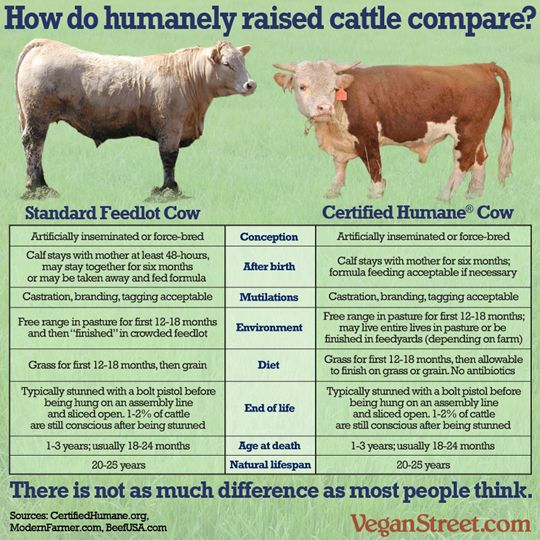
Discover the relevant definitions. They are:
-
Cow: an adult female bovine which has had a baby to a single or more calves. In modern language, the word "cow" can also be in mention of Bos primigenius types of domestic cattle, no matter age, gender, breed or type. However for most of us who use or raise cattle, this term sits dormant within the same reference as formerly noted.
-
Bull: an adult, intact (testicles present and never removed) male bovine employed for breeding purposes.
-
Steer: men bovine (or bull) that’s been castrated before reaching sexual maturity and it is mainly employed for beef.
-
Stag: men bovine (or bull) that’s been castrated after or upon reaching sexual maturity and it is mainly employed for beef, but can be also frequently utilized as a "gomer bull" for discovering cows and heifers in heat.
-
Heifer: a lady bovine (frequently immature, but past the "calf" stage) under one to two years old which has never calved. Such females, if they have never calved beyond two years old can also be known as heiferettes.
-
Bred Heifer: a lady bovine that’s pregnant together with her first calf.
-
First-calf Heifer or First-calver: a lady bovine which has created her first calf, and it is frequently around 24 to 36 several weeks old, with respect to the breed so when she was initially bred.
-
Ox (plural: Oxen): a bovine that’s trained for draft work (pulling carts, wagons, plows, etc.)This can be a term that mainly describes men bovine that’s been castrated after maturity. However, an ox may also be female bovine (cow or heifer) or perhaps a bull that’s been trained for the similar purpose. Within the Scriptural occasions, an ox would be a general expression used, much like using the term "cows," to some domesticated bovine no matter age, gender, breed, type, or draft purposes.
-
Calf (plural: Calves): an immature bovine (men and women) that’s dependent on milk from the dam or from the bottle to live and also be. A calf is called such from birth close to 10 several weeks old.
-
Bull calf: an immature intact male bovine (since all men’re born with testes) that’s dependent on milk from his dam or perhaps a bottle for growth and survival.
-
Steer calf: an immature male bovine that’s been castrated a couple of days to some several weeks after birth, and it is dependent on milk from his dam or perhaps a bottle for growth and survival.
-
Heifer calf: an immature female bovine that’s dependent on milk from her dam or perhaps a bottle for growth and survival.
-
Freemartin: an infertile or sterile heifer or heifer calf. Such infertility is because of being maternally twinned having a bull calf and whose placental tissues were shared within the womb. Throughout the first trimester, reproductive organs begin to form and sexual hormones start to be created within the fetus. When men and women fetal calves are twinned together, the testosterone created through the male inhibits oestrogen production within the female. This leads to abnormal, underdeveloped or hermaphroditic reproductive organs within the female fetus. This isn’t so for that male. Freemartins are occasionally known as "hermaphrodites" if they’re born with reproductive organs of both genders. Consequently, this kind of freemartins have a tendency to develop secondary male sexual characteristics (muscular crest over neck, wide brow, etc.) upon reaching adolescence.
-
Cattle: general plural term in excess of one bovine
-
Cattlebeast/bovine/animal: one term for any bovine whose gender can’t be determined, specially when viewed far away. Many people like to consult a bovine of unknown (or "unknown") gender like a "cow," the way it is an infinitely more well-known and popular term to make use of than "bovine" or "cattle animal." This, however, is frequently and not the situation around experienced cattlemen and cattle women or "ranchers" (as some prefer to give them a call) who never make use of the term "cow" when talking about a bovine that’s anything but a cow. "Animal," "animal," "creature," or other term, coarse or otherwise, are most frequently used within the colloquial word "cow." !

Resourse: http://wikihow.com/
